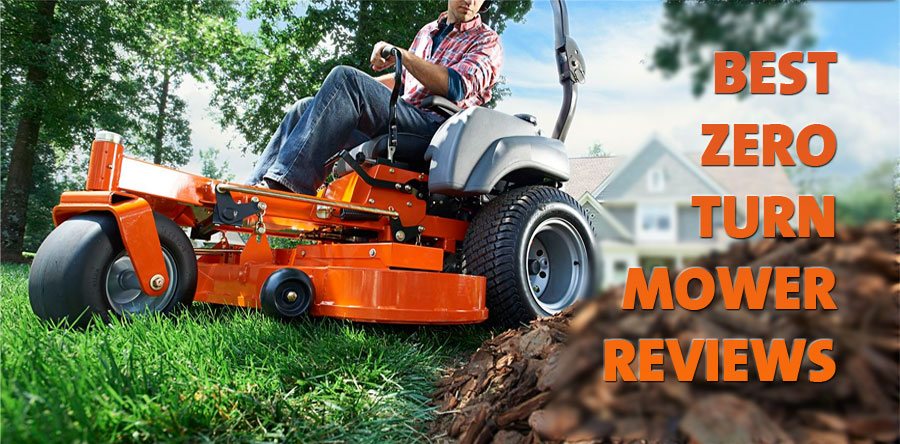Regarding landscaping, artificial grass is a popular choice for many homeowners. There are several reasons why artificial grass is a good option for landscaping, including the fact that it requires little maintenance and can withstand heavy foot traffic. However, not all artificial grass types are created equal. There are different types of artificial grass, and each type has its own set of pros and cons. So, how do you choose suitable artificial grass for your landscape? Here’s a breakdown of the different types of artificial grass to help you make an informed decision.
Types of artificial grass available on the market
With artificial grass becoming increasingly popular for landscaping, different types are available on the market now. Dealers of artificial grass in Yorba Linda, CA, offer everything from low-maintenance artificial turf to long-lasting artificial turf with superior softness, as well as artificial turf that can withstand heavy traffic and a variety of weather conditions.
Whether you’re looking to reduce your water bills or simply spruce up your backyard, artificial grass is an excellent way to achieve both goals in one fell swoop. With numerous artificial grass options available, you must select one that will work best for your individual needs – not only for the current landscape environment but also for the future.
Benefits of artificial grass over natural grass
Artificial grass is becoming increasingly popular for landscaping, providing several advantages over natural grass. Artificial grass offers all the aesthetic appeal of natural grass without requiring constant maintenance, thus enabling homeowners to save time, energy, and money. It also eliminates the need for watering and fertilizing, leading to water conservation and cost savings year-round.
Artificial grass requires fewer nutrients than natural grass, and installation is simple, with a short installation time and little disruption to existing landscape plants. Homeowners can enjoy artificial turf’s almost maintenance-free upkeep and its plentiful benefits – providing green lawns even during drought or other adverse climates. Ultimately, one should consider the many advantages of artificial turf before deciding which type of landscaping material to use.
Disadvantages of artificial grass
Artificial grass offers a luxurious and low-maintenance alternative to conventional lawns, but it does have some drawbacks. Artificial grass won’t provide the natural feel of real turf and can be pretty hot within direct sunlight. Additionally, artificial grass can become slippery when wet, making it dangerous for children to play in those conditions.
Furthermore, it is often difficult to correctly match artificial turf with the local environment and landscape. In addition to these limitations, it also tends to be significantly more expensive than a regular lawn in terms of upfront materials and installation costs. Consequently, careful consideration is required before deciding whether or not artificial grass is suitable for you.
Choosing the correct type of artificial grass
If you are considering artificial grass for landscaping, it is crucial to carefully select the correct type of grass to meet your needs. Synthetic grass is available in different varieties, each designed with a distinct makeup and design that provides varying levels of durability. The fiber length can impact how quickly it will flatten over time and affect potential drainage problems. It is vital to research the pros and cons of each type so you can ensure you are getting the best product for your budget and desired use.
Numerous online resources are available to help make this selection process more manageable. Additionally, don’t be afraid to consult a professional landscaping contractor who may have personal experience selecting suitable artificial grass for specific projects.
Maintenance tips for artificial grass
Maintaining artificial grass is essential for ensuring a beautiful and long-lasting landscape. Fortunately, it doesn’t require too much work. To keep your artificial grass looking good as new, create a yearly maintenance plan that includes sweeping off debris like leaves and hosing it down to eliminate dirt and dust buildup.
Artificial grass should not be mowed or have any form of chemical-based lawn treatments applied to it; hence, these tasks can be excluded from your routine. It’s also important to regularly check for any damage caused by exposure to harsh weather or accidental tears. If you take the time to maintain it properly, you won’t have any problems with your artificial grass keeping its lush appearance for years!
Final Thoughts
So there you have it! Everything you need to know about artificial grass for landscaping. We hope this article has helped you learn more about the different types of artificial grass available on the market and the benefits and disadvantages of each.
With this knowledge, we hope you are better equipped to choose suitable artificial grass for your needs. It is essential to consider your specific needs and requirements to find the best product. Maintenance is also vital – follow our tips to keep your artificial grass looking its best all year round!











